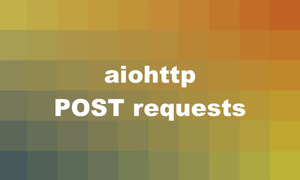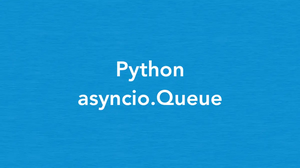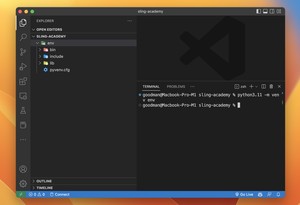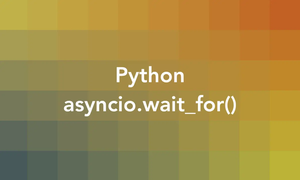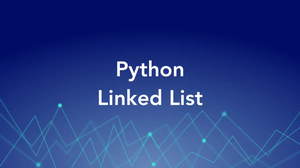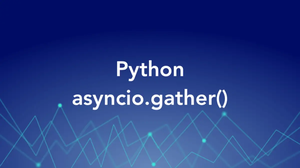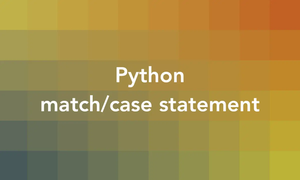Freqtrade is an open-source cryptocurrency trading bot designed to facilitate automated trading. Configuring it correctly is crucial for maximizing trading strategies and managing risk effectively. In this article, we will explore how to configure the settings and strategy parameters for the freqtrade bot.
Setting Up Freqtrade
First, ensure that you have freqtrade installed. You can install it via pip:
pip install freqtradeCreate an initial project configuration using:
freqtrade new-bot --config path/to/your/config.jsonThis will create a basic configuration file which you can locate in your bot’s project folder.
Understanding the Configuration File
The main configuration file, config.json, contains parameters defining how the bot should behave. It includes sections for exchanging settings, database configurations, telegram notifications, and most importantly, strategy parameters. Let’s walk through some of these key sections.
Exchange Configuration
The exchange section determines which exchange the bot will trade on. An example configuration looks like this:
"exchange": {
"name": "binance",
"key": "YOUR_API_KEY",
"secret": "YOUR_SECRET_KEY",
"ccxt_config": {
"enableRateLimit": true
},
}
This example leverages Binance, a popular exchange. Ensure you securely store your API keys.
Database Configuration
This area defines where trading results and data are stored. You can use SQLite for an easy setup:
"database": {
"driver": "sqlite",
"filename": "tradesv3.sqlite"
}
For more extensive setups, consider PostgreSQL or other supported database systems.
Configuring Strategy Parameters
Strategies contain the logic behind buying and selling actions. They are python files with common parameter structures that you can adjust.
Example Strategy File
To adapt strategy parameters, locate the strategy file and customize the parameters to suit your trading style.
from freqtrade.strategy.interface import IStrategy
class ExampleStrategy(IStrategy):
timeframe = '5m'
minimal_roi = {
"60": 0.02,
"30": 0.04,
"0": 0.08
}
stoploss = -0.10
In this configuration, timeframe specifies the interval of candlesticks to be analyzed. The minimal_roi dict specifies the profit at various hold durations, and stoploss sets an acceptable loss threshold.
Fine-Tuning
Adjust these parameters based on backtesting results. Backtesting is critical as it uses historical data to validate how strategies perform. Run the backtesting with:
freqtrade backtesting --strategy ExampleStrategy -i 5mRisk Management Settings
Effective risk management in freqtrade is essential.
"max_open_trades": 10,
"stake_currency": "USD",
"stake_amount": 50,
"fiat_display_currency": "USD",
"unfilledtimeout": {
"buy": 10,
"sell": 10
}
These settings allow controlling the number of concurrent trades, setting how much currency is invested per trade, and handling timeouts for buy/sell orders.
Execution and Optimization
Once configured, start your bot using:
freqtrade trade --config path/to/config.json --strategy ExampleStrategyOver time, use logs and performance metrics to optimize bot settings and strategy parameters. Adjust them based on market conditions and backtest regularly to refine your approach.
By carefully configuring freqtrade, you can enhance your automated trading capabilities, maximize profits, and minmize risks.



